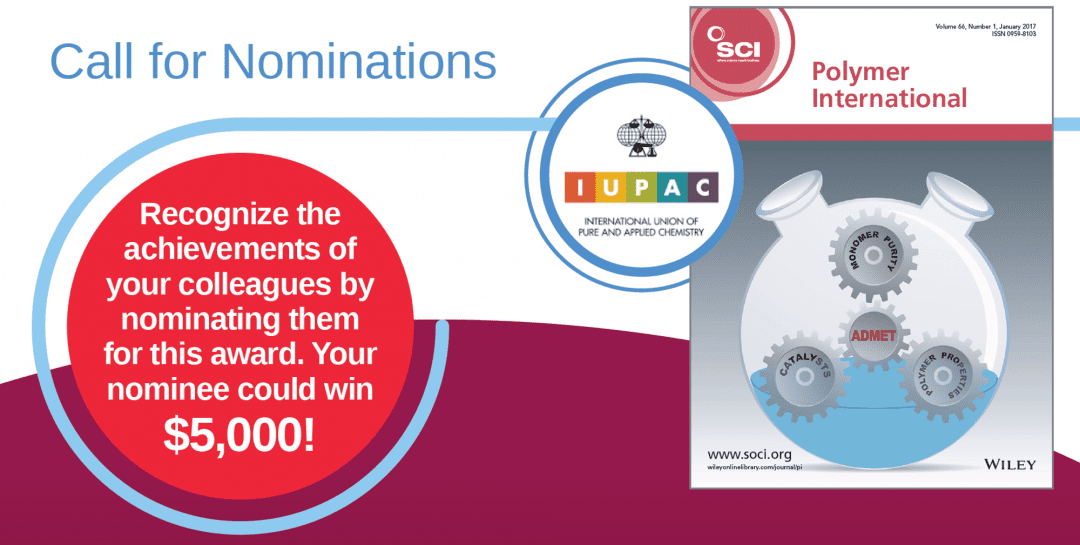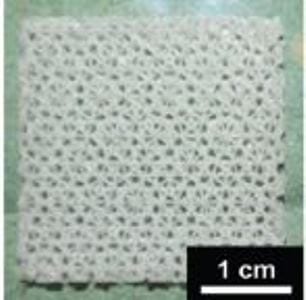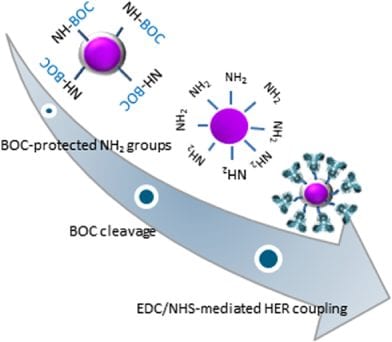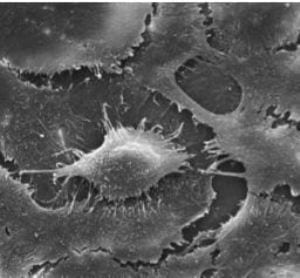Polymer International is keen to bring industry and academia one step closer and create a communication channel through a new type of article: ‘Challenges to Industry’.


Polymer International is keen to bring industry and academia one step closer and create a communication channel through a new type of article: ‘Challenges to Industry’.

A call for nominations for the 6th Polymer International-IUPAC Award, which includes past winners such as Ali Khademhoessini, Molly Stevens and Richard Hoogenboom.

A new protocol is introduced for the quantitative analysis of 2D materials at the nano- and meso-scale fragmentation.

Global demand for transportation appears unlikely to decrease in the foreseeable future. China alone accounts for more than one-third of global demand in the transportation sector. Transportation demand in China has increased continuously with emissions reaching a...

Oral ingestion of collagen hydrolysates increases the collagen content and antioxidant enzyme activities, and improves the appearance and structure of the skin.

The current scientific knowledge on the topic of alcohol reduction in wine is reviewed in The Journal of the Science of Food and Agriculture (JSFA).

Over the past decade, melanin pigments and their subunits have attracted increasing interest as soft biocompatible functional materials with antioxidant properties for engineering high performance, low impact biocompatible optoelectronic devices, such as memory...

Researchers synthesized a copolymer scaffold from Polycaprolactone (PCL) and poly-D, L-lactic acid (PDLLA) for potential breast tissue engineering.

A novel method for preparing biodegradable polyurethane nanoparticles that will actively recognize cancer cells.

For the first time n-BG particles are used to investigate their haemostatic efficacy in wound healing applications.